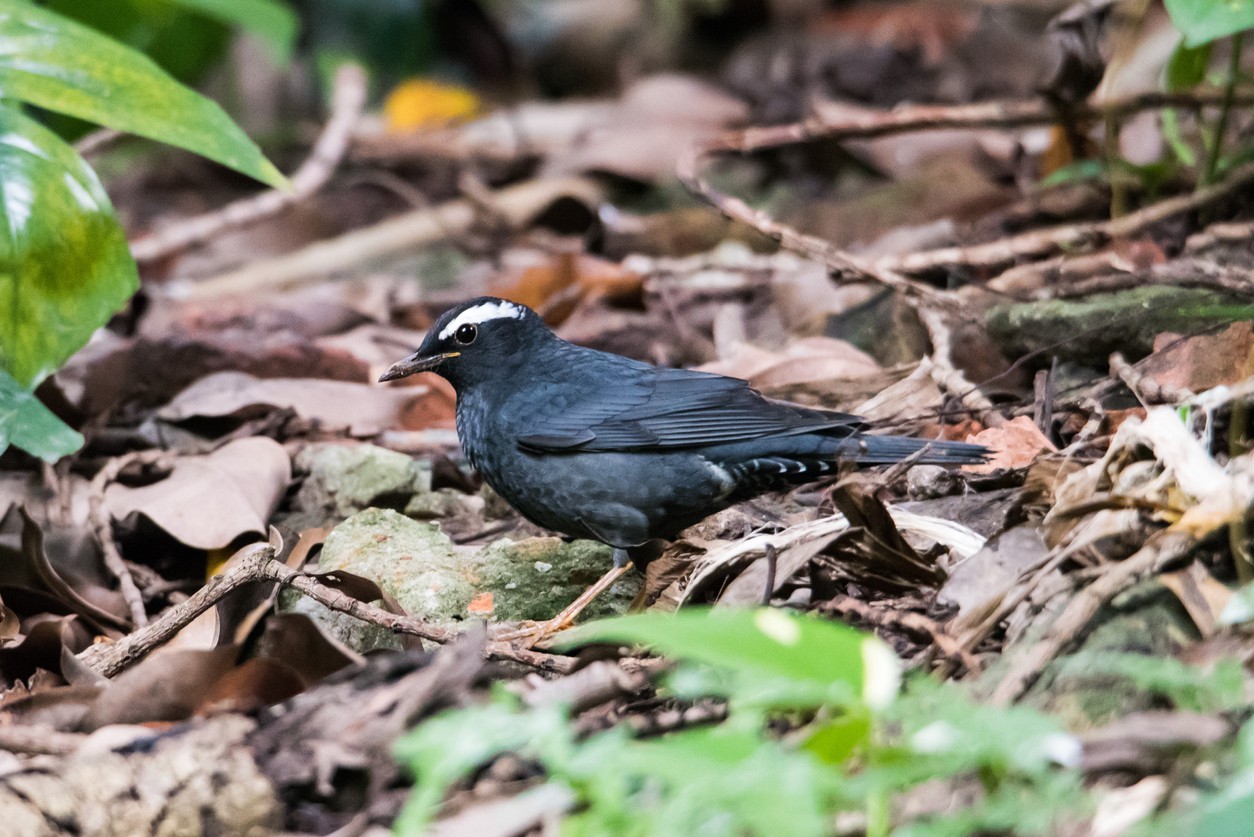Siberian Thrush
A species of Ground Thrushes and Allies Scientific name : Geokichla sibirica Genus : Ground Thrushes and Allies
Siberian Thrush, A species of Ground Thrushes and Allies
Botanical name: Geokichla sibirica
Genus: Ground Thrushes and Allies
Content
Description General Info

Description
The Siberian thrush (Geokichla sibirica) is a member of the thrush family, Turdidae. The genus name Geokichla comes from Ancient Greek geo-, "ground-" and kikhle, " thrush". The specific sibirica is Latin for Siberia. It breeds in taiga in Siberia. It is strongly migratory, with most birds moving to southeastern Asia during the winter. It is a very rare vagrant to western Europe. It is very secretive. The Siberian thrush is similar in size to the song thrush. It is omnivorous, eating a wide range of insects, earthworms and berries. The male Siberian thrush is a dark blue-grey above and below, with a white stripe above the eye. The lower belly and flanks are white. The female is a much browner bird, with a buff stripe above the eye. A striking identification feature of both sexes in flight is the black band on the white underwings, a feature shared with the scaly thrush. 
Size
23 cm
Nest Placement
Ground
Feeding Habits
Siberian Thrush primarily consumes invertebrates, especially worms, and various fruits like fallen figs. Often forages on the ground in groups but will also feed in fruiting trees.
Habitat
Siberian Thrush commonly resides in dense, moist broadleaf evergreen and deciduous forests, where there's an abundance of thick undergrowth. They are also found in conifer forests, predominantly composed of spruce, as well as mixed conifer-evergreen woodlands. The species favors environments such as shady valley slopes and moist floodplain areas near bodies of water. During migration, these birds are known to traverse along mountain ranges and occasionally inhabit areas near human settlements, including gardens.
Dite type
Insectivorous
General Info
Feeding Habits
Bird food type

